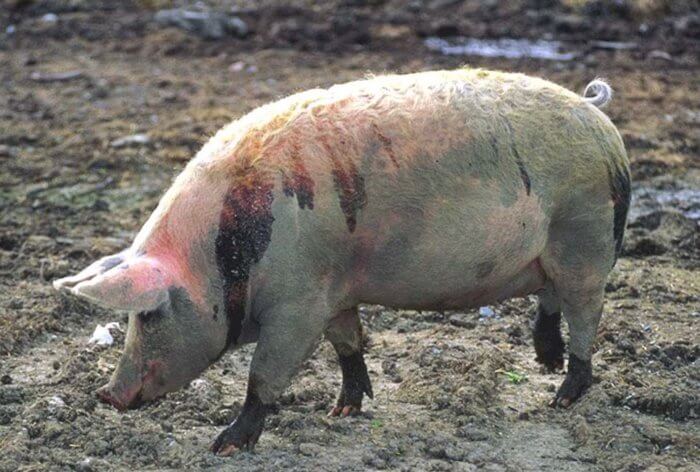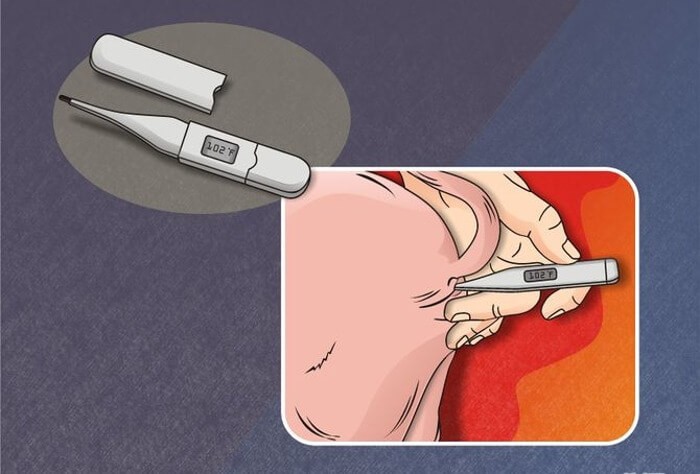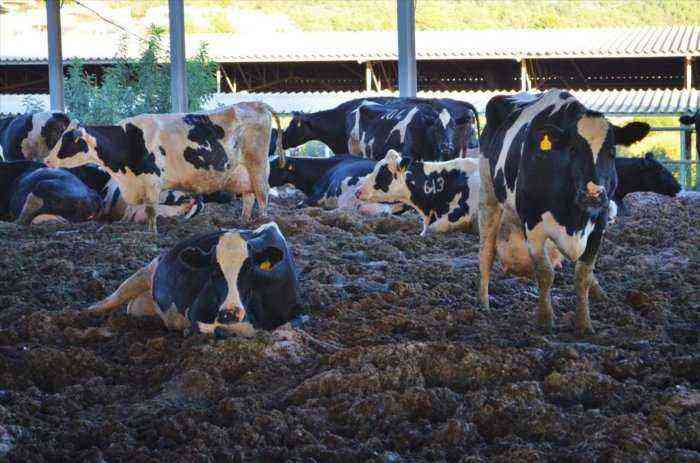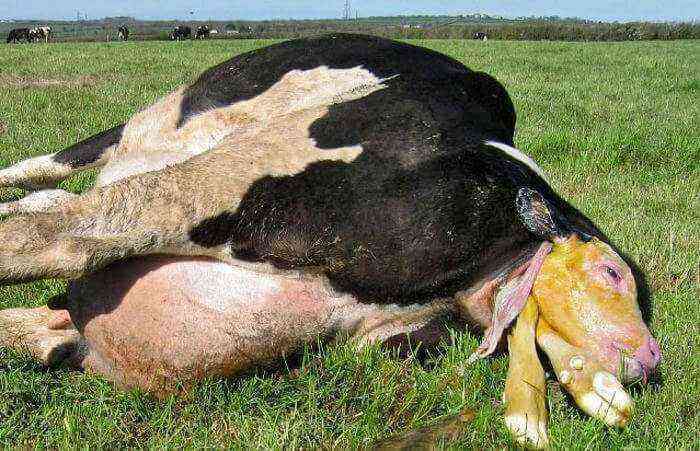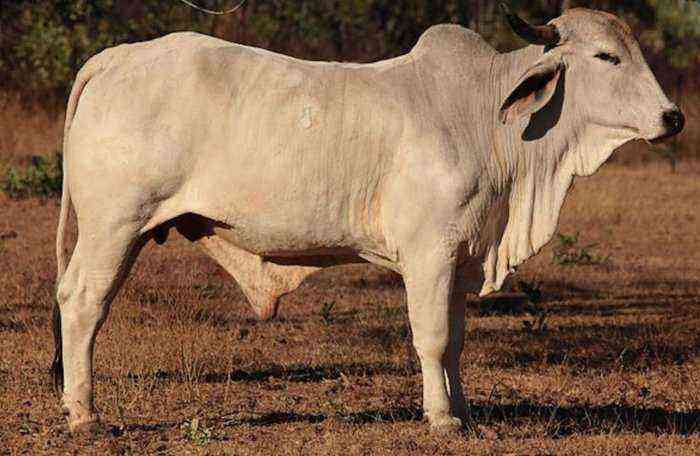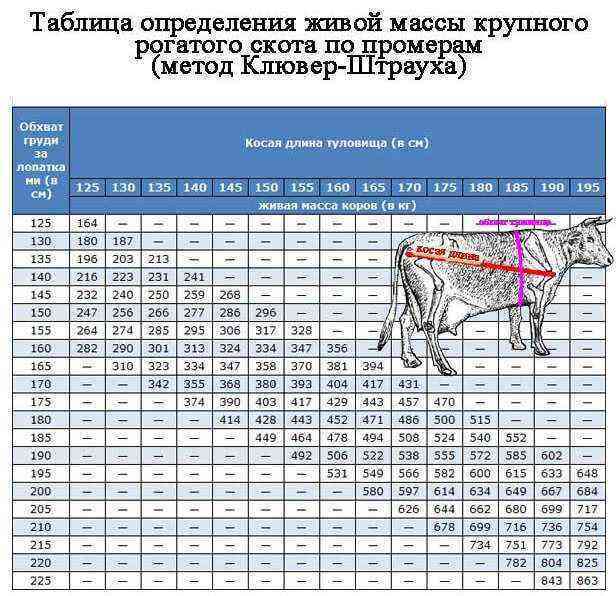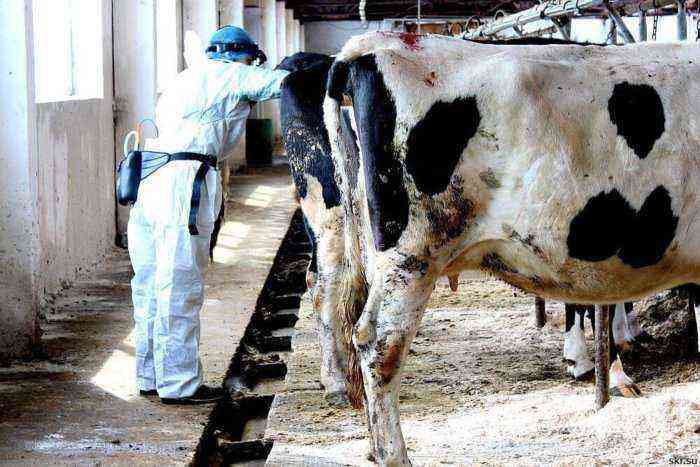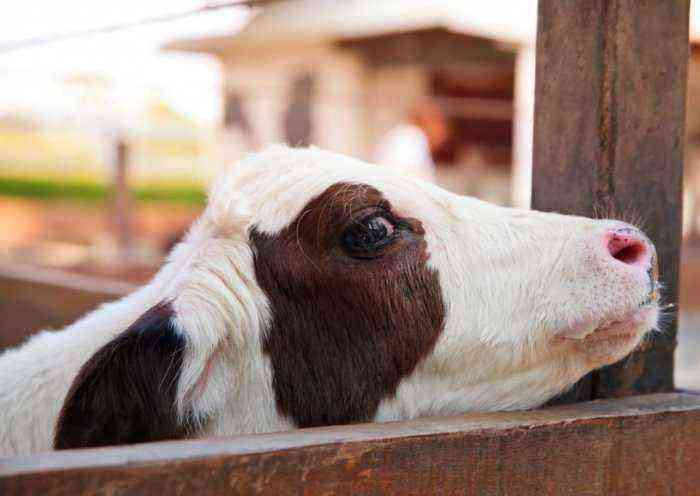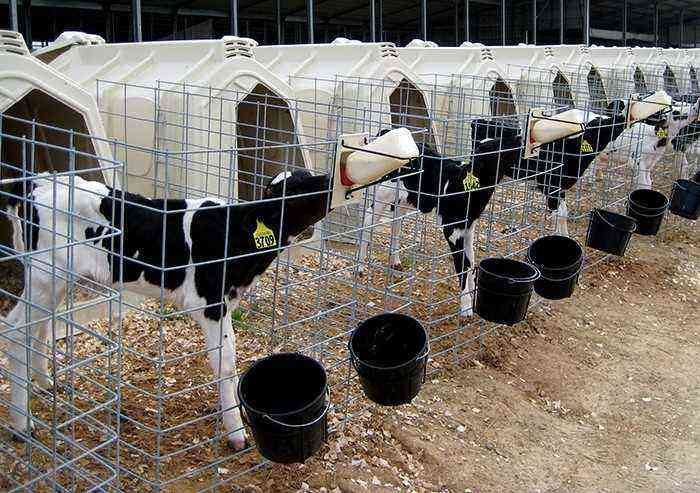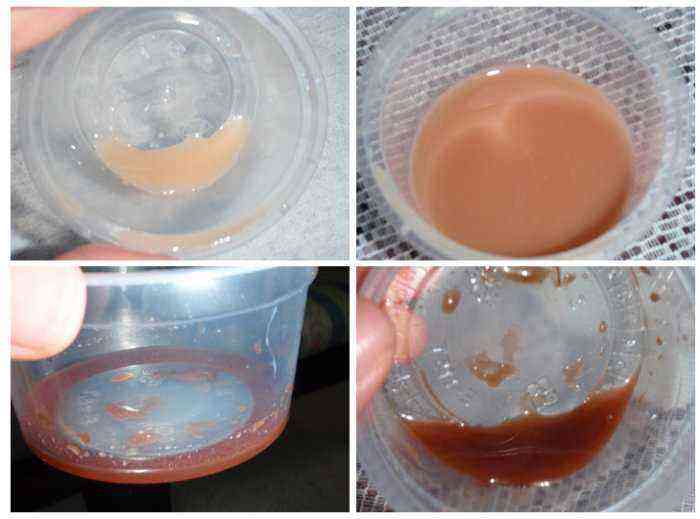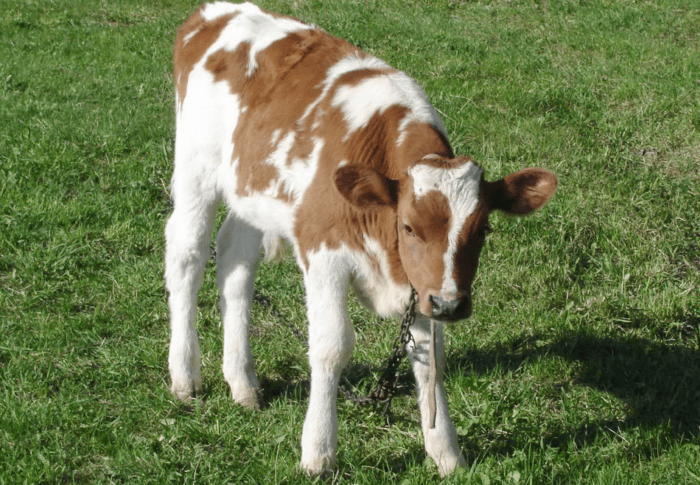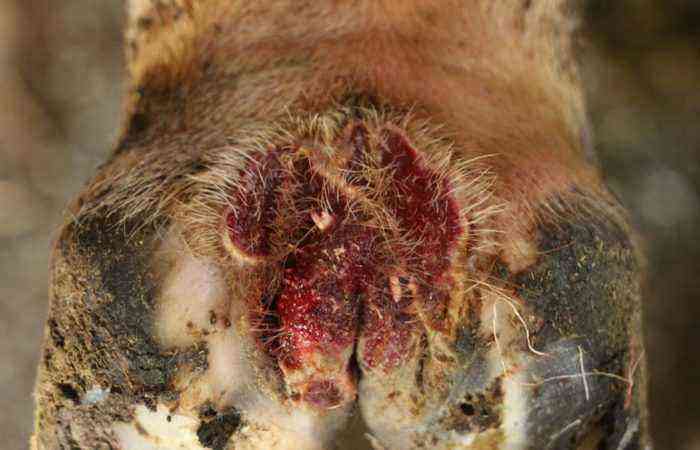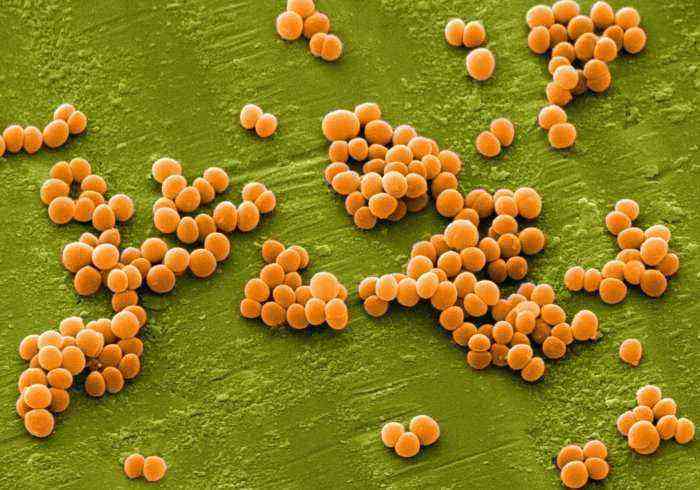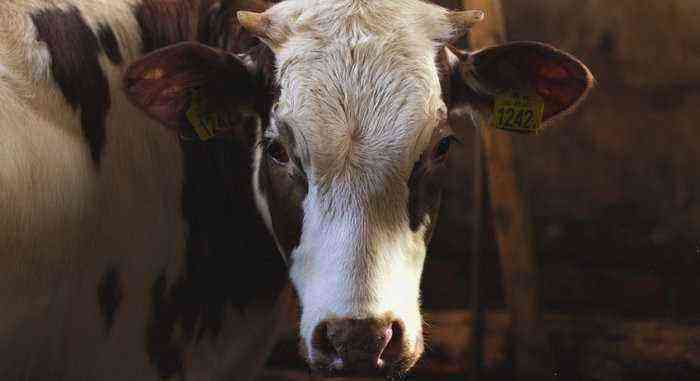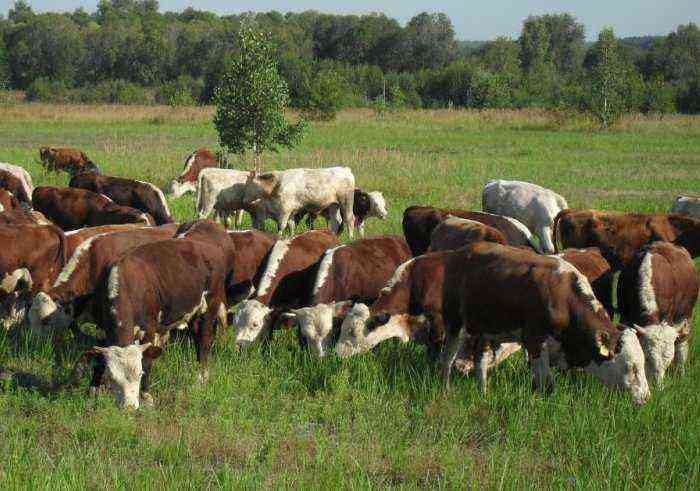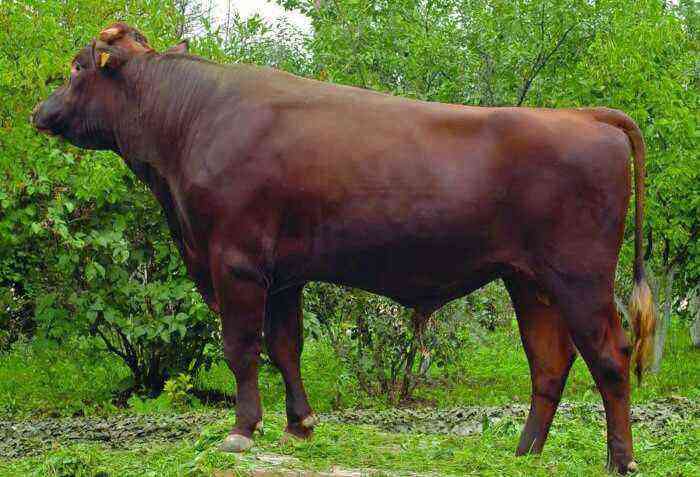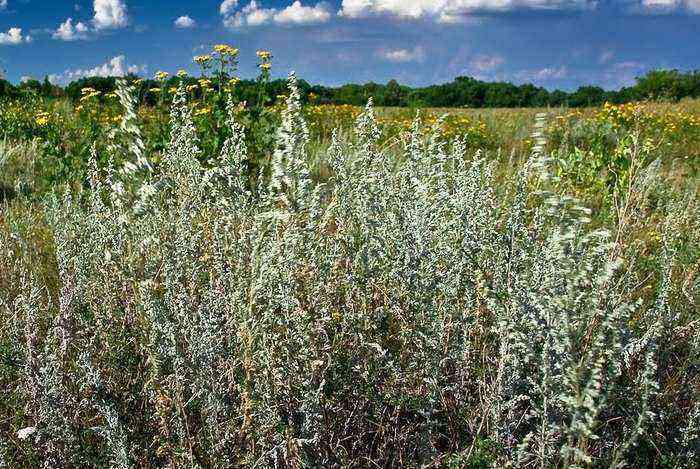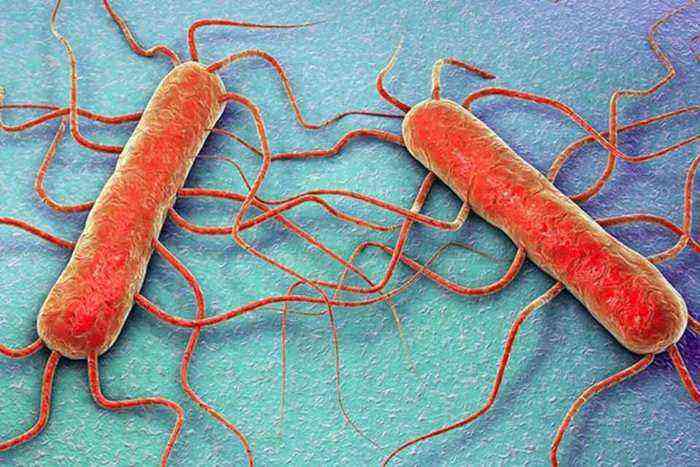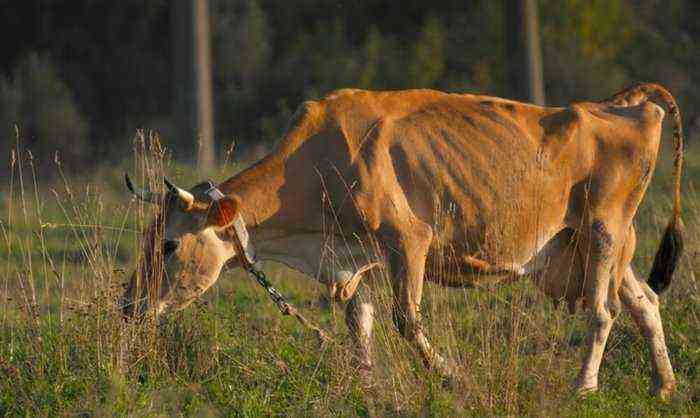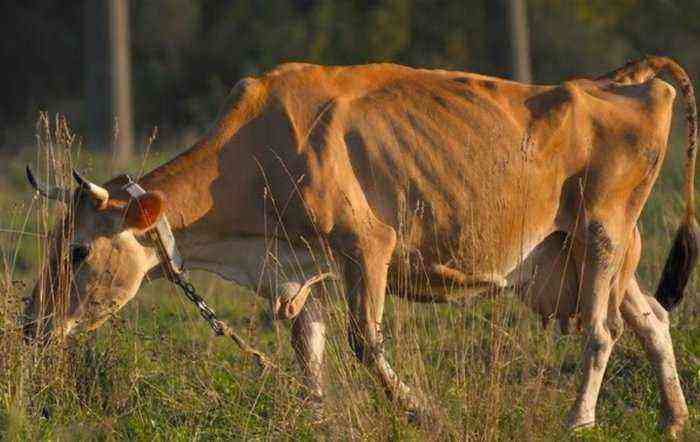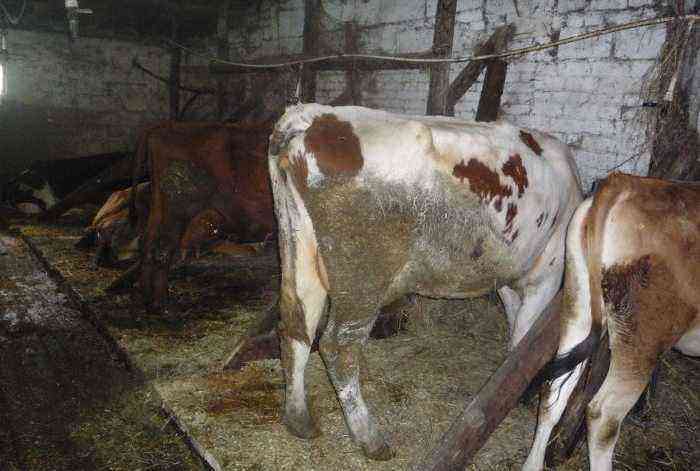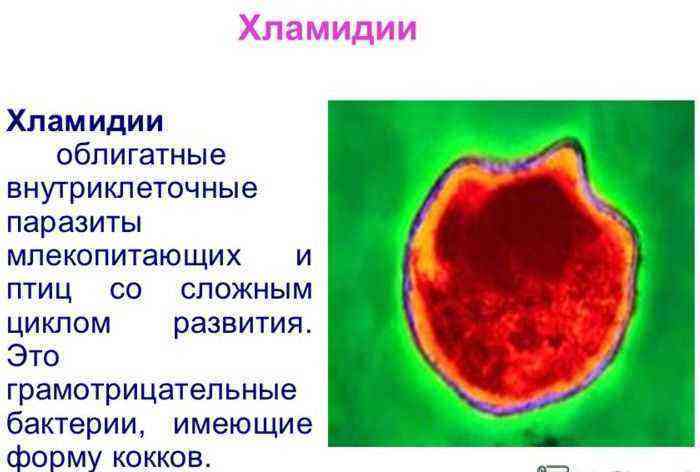Swine pox is a viral disease caused by several types of pathogens related to those that infect humans. The disease is acute with fever, severe intoxication and the formation of blisters with watery contents on the body. Every farmer should have an idea of how animals become infected, how the symptoms of the disease manifest themselves and how to treat it.
Signs of smallpox in livestock
The causative agent of the disease
Smallpox is caused by an epitheliotropic virus containing a DNA molecule. There are about 20 different types of the smallpox pathogen. Pigs can be affected by several types of the virus:
- Smallpox vaccines.
- The cowpox virus.
- The swine pox virus.
The pathogen enters the body in various ways – through the mucous membrane, through microdamages on the skin, and also with food. Sources of infection can be virus carriers that are currently in the incubation period, or sick pigs, cows. A person can also become a source of infection with the vaccinia virus.
The causative agent shows resistance to freezing, drying. It remains for a long time on the wool of livestock, on objects, in feed – up to 6 months. It can remain even longer in skin cells, for example, in fragments of crusts that have separated from the body of a sick animal. Under the influence of ultraviolet, ultrasound and acids, the virus is destroyed.
Causes
Pigs are most susceptible to infection during the cold season. In autumn and winter, when animals are constantly indoors, their diet becomes scarce, and the immune system weakens, the likelihood of viral diseases increases.
Poor living conditions for pigs
The conditions of keeping pigs are also important. If the pigsty is damp, cool, this negatively affects the body’s resistance. Consider the main causes of the spread of smallpox:
- Inadequate diet.
- Bad conditions.
- Non-compliance with the rules of quarantine of newly arrived animals at the farm.
- Neglect of disinfection of premises after cases of smallpox infection.
- Admission to the farm of items of clothing, household items, equipment, feed from disadvantaged farms, where cases of smallpox were recorded.
- Skin parasites – lice, fleas, mites and various insects can cause infection in pigs.
Reference. The most important factor influencing the spread of smallpox on the farm is the decrease in the resistance of the immune system of animals. That is why in autumn and winter it is recommended to carefully monitor the diet of livestock, enrich it with vitamins.
Signs of the disease
After the virus enters the animal’s body, it begins to multiply intensively in the cells of the epithelium and mucous membranes. The incubation period of the disease is quite long, it is 9-20 days. Swine pox has the following symptoms:
- In the first 2 days there is a sharp increase in temperature to 41-41,5 degrees.
- The animal loses its appetite, it is weakened, depressed.
- Develops conjunctivitis and rhinitis.
- For about 2-3 days, the temperature returns to normal.
- Pink spots, roseola, form on the skin.
- Further, after a day or two, in the center of the roseola, papules are formed, framed at the edges by a reddish edging.
- After a while, papules turn into vesicles when they fill with serous exudate, a clear liquid. It is interesting that pockmarks at this moment have a characteristic feature – their center is slightly pressed inward.
- The vesicles spontaneously burst, the contents (sometimes purulent) flow out, dry out, after which crusts form on the pockmarks.
- Necrotizing foci of virus introduction are called pustules. They have a dark color, can merge into groups, a sticky viscous liquid is released from them.
- Next comes the healing stage. Bursting pustules, freed from the contents, are covered with scabs, which subsequently gradually exfoliate from the skin.
- In place of the former lesions, scars from the connective tissue are formed.
temperature measurement
Sick pigs are very weak, their gait is shaky. They are bothered by itchy skin, so they scratch the skin. With the spread of papules in the oral cavity, it is difficult to chew and swallow food.
In a severe course of the disease, swine pox can last about 50-60 days. If the disease proceeds in a mild form, as, for example, when infected with the vaccinia virus, recovery occurs by the end of the third week.
Attention! With low body resistance, a sick individual is prone to complications due to the penetration of pathogenic bacteria into the body, for example, in young animals, smallpox is often complicated by pneumonia, paratyphoid fever or sepsis.
Diagnostics
The diagnosis is made on the basis of clinical signs of the disease, as well as laboratory tests:
- Virological;
- Histological;
- Bioassay on rabbits, piglets.
For virological examination, it is necessary to take fragments of papules. In the laboratory, they are stained with a special Morozov solution and examined under a microscope. In the biomaterial of pigs with smallpox, a scattering of smallpox virions should be visible. In this way, it is not always possible to confirm the diagnosis, so other methods of identifying the virus are resorted to.
A bioassay on piglets and calves is another research method, it helps to diagnose the disease with high accuracy, it is used if the result of a virological study is doubtful. For diagnosis, a virus-containing biomaterial taken from a sick pig is used. It is injected into the skin of piglets susceptible to smallpox. If after 5-9 days pockmarks appear on the scarified areas of the experimental animals, the diagnosis is confirmed.
The causative agent of the virus
Additional examination of the scarified area of the experimental animal makes it possible to distinguish the type of virus with which the sick pig is infected. With the defeat of the vaccinia virus or cowpox, infiltrates are formed without hemorrhages. If infection with the genuine pox virus occurred, then hemorrhagic infiltrates are found in the infiltrates. Under a microscope, in the biomaterial of pigs infected with genuine pox, not only smallpox virions are distinguished, but also protein paracrystals.
Treatment
A sick animal at the first sign of malaise is separated from the herd. The room where it stayed before the detection of symptoms of the disease is disinfected. The following tools are suitable for processing:
- Hot sodium hydroxide solution at a concentration of 2%.
- Formaldehyde solution (2%).
- Sulfuric carbolic mixture (3%).
The animal in the isolation room is provided with comfortable conditions and peace. It is unacceptable to keep infected individuals in a cold and damp pigsty. There is no treatment regimen for smallpox; therapy is aimed at relieving the symptoms of the disease and preventing the development of complications.
The lesions are treated with various ointments and disinfectants:
- Salicylic.
- Bornoy.
- Synthomycin.
- A solution of potassium permanganate 5%.
The lesions on the mucous membranes are wiped with a solution of potassium permanganate (1%), peroxide, a decoction of chamomile, oak bark or sage.
Chamomile decoction
Although antibiotics do not affect the virus, they are still used to prevent the development of complications – pneumonia or streptococcal dermatitis. For treatment, mainly drugs of the penicillin series are used.
If the pig is not able to chew food or it is difficult for her to swallow, then liquid high-calorie talkers are prepared for her. During an illness, it is desirable to introduce vitamin supplements into the diet to activate the body’s immune response.
Personnel serving sick animals must comply with safety measures. All work with infected pigs is carried out in overalls and protective gloves. Each time after contact with infected individuals, it is necessary to treat hands with a solution of chloramine at a concentration of 1%, and clothes and shoes are disinfected in steam-formalin chambers.
Prevention
Preventive measures will help protect livestock from infection with the smallpox virus. It is not allowed to import objects, feed, inventory from disadvantaged points into the farm. All new arrivals to the farm must be kept separate from the herd for 30 days. At this time, they are under scrutiny. Other preventive measures:
- Maintaining normal conditions in the pigsty – conducting timely disinfection, cleaning, ensuring good ventilation and heating.
- Ensuring a complete diet and regular exercise, which will help maintain the immunity of animals.
- Introduction to the diet of vitamin supplements, especially in the autumn-winter period.
- Timely diagnosis of diseases – all pigs should be examined periodically in order to separate sick individuals in an isolation room in time.
If smallpox cases are found on the farm, the veterinarian must be informed. A quarantine will be imposed on the farm, during which it is not allowed to take animals, equipment, feed, and staff clothes outside the farm. The quarantine is lifted 21 days after the last infected animal recovers or dies.
Attention! Manure, carcasses of animals killed by smallpox require disposal.
Swine pox is especially dangerous for suckling piglets and weaners, as their immune systems are much more vulnerable than those of adults. Young animals often suffer from complications that have arisen against the background of a viral disease – pneumonia, bronchopneumonia. That is why it is advisable to immediately start using antibiotics. In general, the prognosis for smallpox is favorable. After recovery, animals acquire immunity to the type of virus that caused the disease. However, pigs remain susceptible to other types of pathogen.
